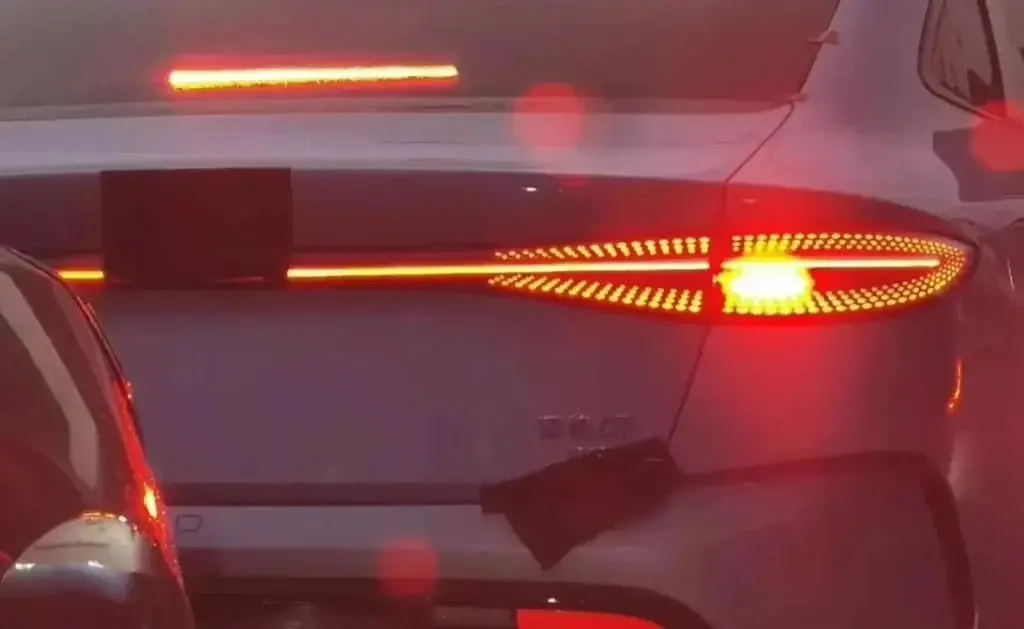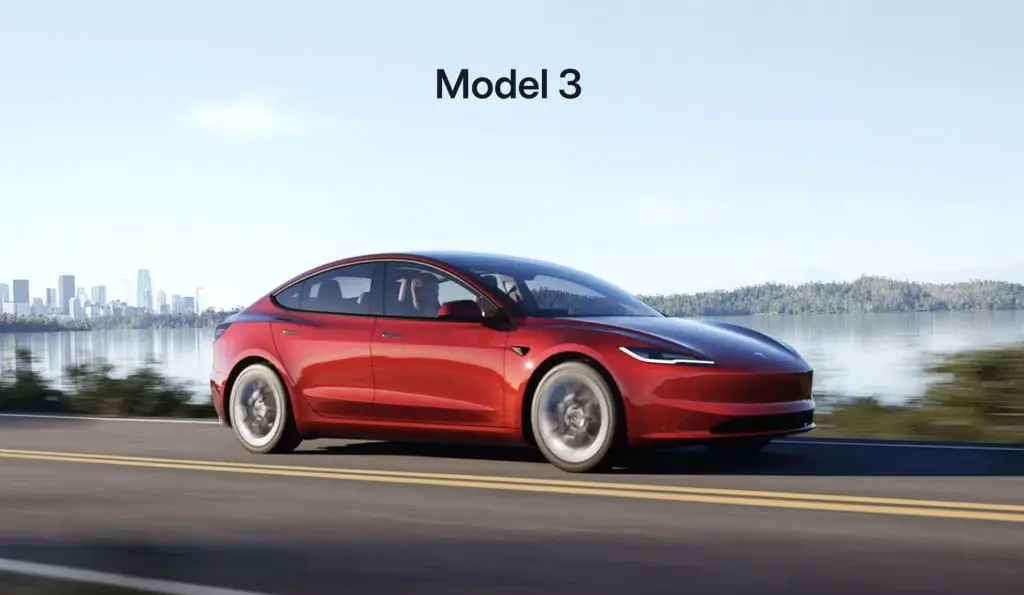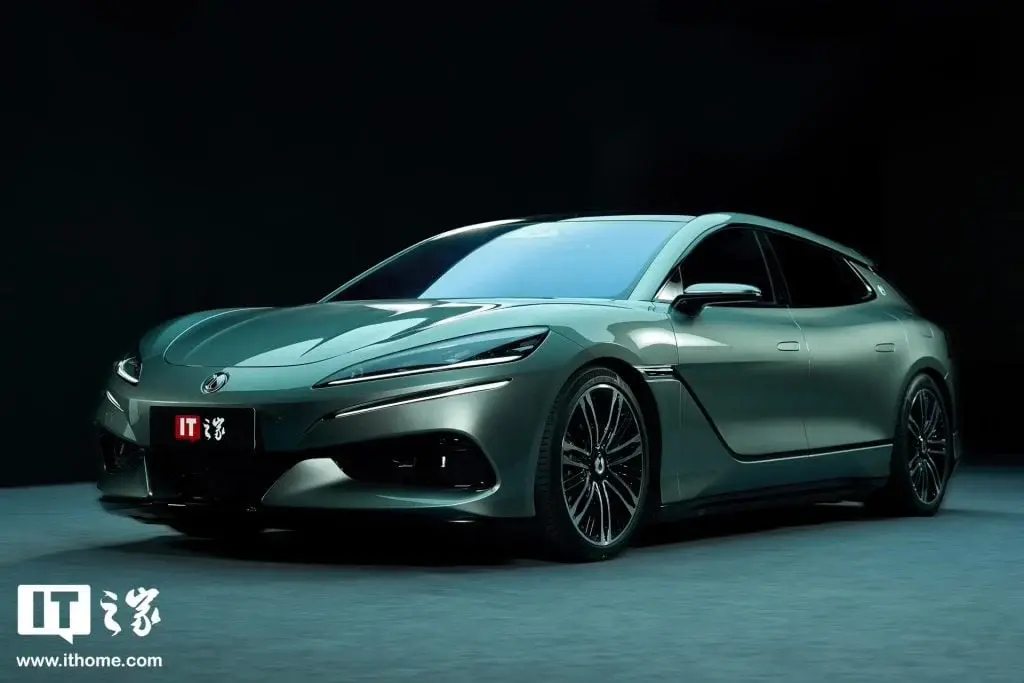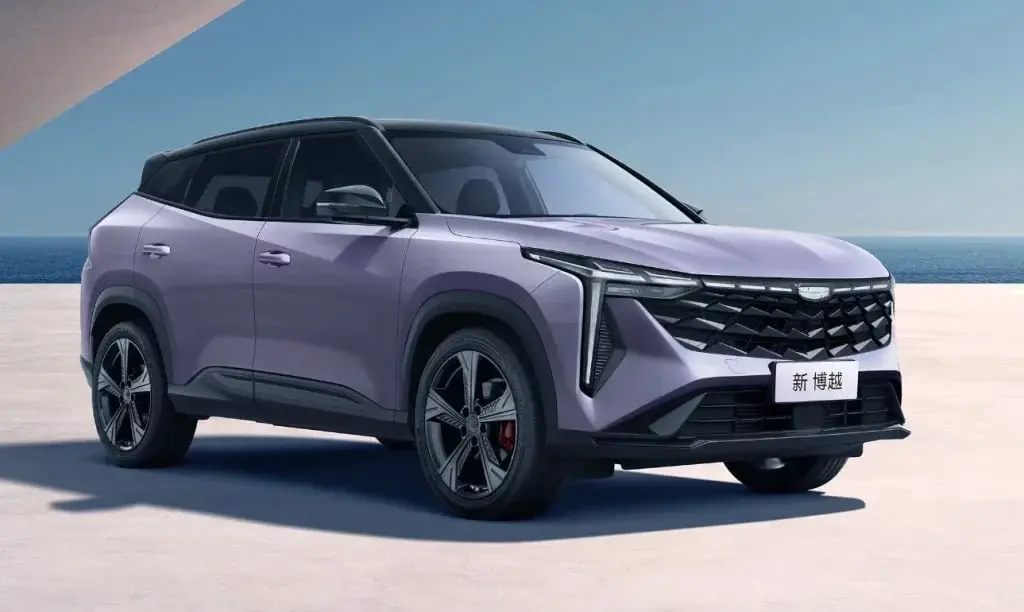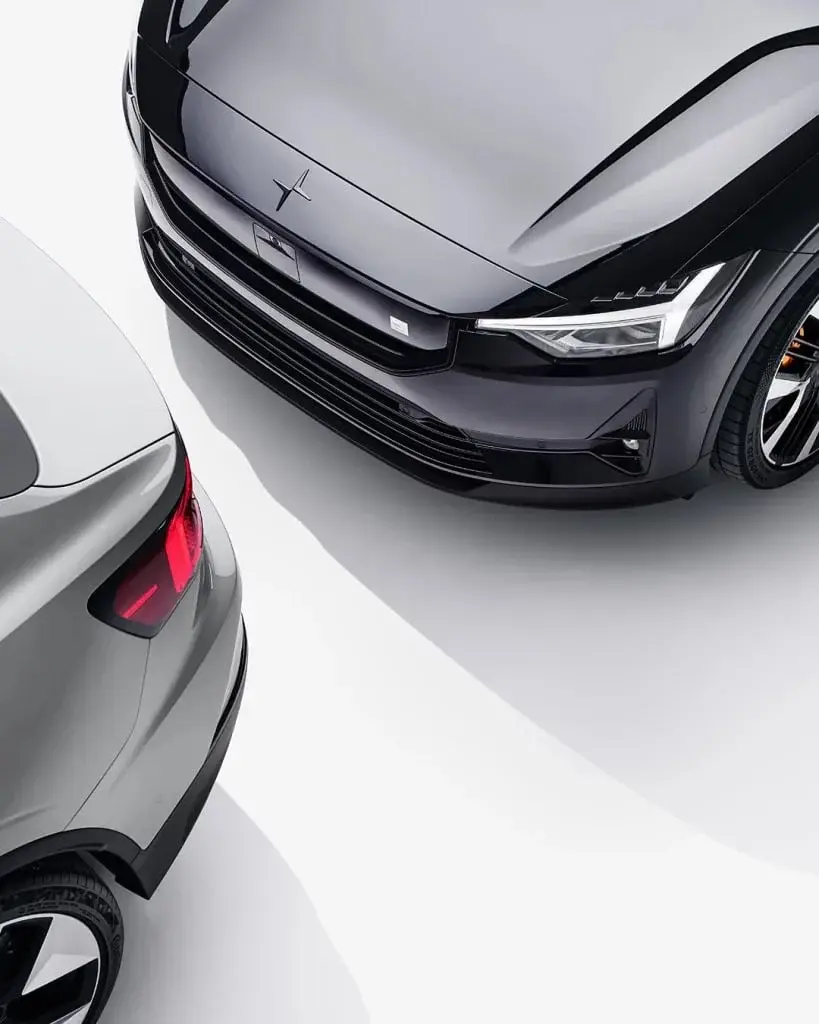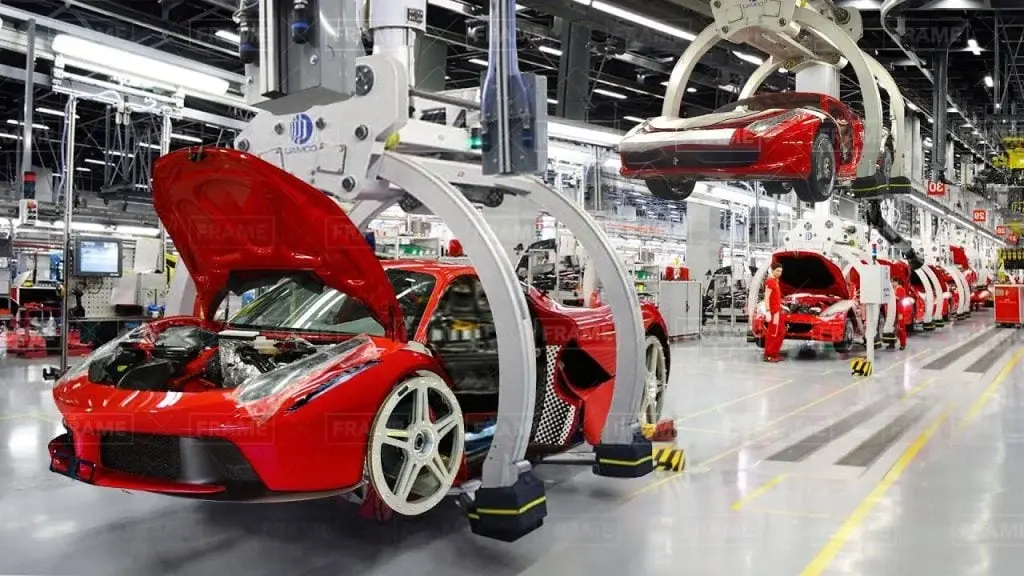Tesla has delayed its much-awaited Robotaxi unveiling event, originally set for August, to October. As reported by Bloomberg, this internal decision was made to allow teams more time to create additional prototypes.
Tesla’s design team was instructed to revise certain car elements. This communication underscores the company’s dedication to ensuring the prototypes are of the highest quality and ready for public introduction.
Initial Announcement and Market Reaction
CEO Elon Musk had initially set the event date eight months ago. Anticipation around the event led to an 11-day streak of gains for Tesla’s stock, adding over $257 billion to the company’s market capitalization. However, the delay has resulted in an 8.4% drop in Tesla’s stock on Thursday, the largest decline since January. Conversely, shares of competitors Uber Technologies and Lyft soared on the news, with Uber’s stock rising by 6.1% and Lyft’s shares increasing by 4.6%.
What is the significance of the Robotaxi Project?
The idea of an autonomous taxi service stems from Elon Musk‘s second “master plan” for Tesla in 2016. Musk has prioritized this project over the development of an affordable electric vehicle. Despite years of promotion, Tesla’s Full Self-Driving (FSD) technology still requires constant monitoring and does not make the cars fully autonomous. Nevertheless, Musk and his engineers have recently become more optimistic about FSD’s potential.
Tesla’s Recent Performance and Analyst Perspectives
Tesla delivered 6.6% fewer cars in the first half of the year and produced 14% fewer vehicles in the second quarter compared to the previous year, in an effort to reduce inventory. The addition of the Cybertruck to Tesla’s lineup has also been a recent focus.
Wedbush analyst Dan Ives suggests that the timing of the Robotaxi showcase is less critical than the content and posits that the delay may lead to a more robust and well-prepared event. Ives advises investors not to fret over the delay, emphasizing that the timeline for robotaxis, partnerships, and autonomous technology remains unchanged for Tesla’s bullish outlook.
The original event date of August 8, set in April, may have been overly optimistic. Tesla is likely ensuring that the prototypes meet quality standards before the event. Reports indicate that Tesla is using current vehicle mules equipped with exterior cameras to collect data for the Robotaxi development.
Despite the delay, the focus remains on the event’s content and the preparedness of the prototypes. Investors and experts are optimistic that the postponed event in October will provide a more detailed and impressive showcase of Tesla’s Robotaxi initiative.
The success of the event and the eventual launch of the Robotaxi service are critical for Tesla’s positioning in the autonomous vehicle market and its future as a technology leader.


